What kind of wood is used for dock pilings?
You naturally want to use the best and most durable wood that will last a lifetime with minimal maintenance while building or rebuilding your boat dock.
The dock’s constant proximity to water, constant saturation with water, and abuse from waves lead to mold and mildew formation on the wood. It, in turn, leads to the wood’s quick rotting and decay.
Unfortunately, not all wood types are suitable for dock pilings and construction. There are different wood types and materials to build your dock.
Your piling contractor will help you select the appropriate wood to create a durable and robust dock.
Pros and cons of boat dock materials

The Vertical wooden planks in the sand of an unfinished wooden dock at the beach under a cloudy sky
1. Pressure-treated pine
This is the most common and affordable wood used to build boat docks. Pine, however, is softwood with its share of pros and cons.
Pros
- Cheaper initial cost when compared to other options
- It lasts 20 or more years with annual maintenance
Cons
- It needs to be sealed annually or every other year with a water sealer to prevent water from saturating the wood
- Improper sealing of the wood leads to early rotting and decaying the boat dock.
- More prone to insect attacks and fungi, algae, and mold growth
- Regular maintenance costs can get expensive with time
- Risk of the wood splintering over time, which is dangerous while walking barefoot
2. Cedarwood
While cedarwood is also a softwood, it’s an upgrade compared to treated pine. Though cedar has rot resistance abilities, it needs a water sealer coating every year or two years to prevent wood rotting.
Pros
- Comes with a 25+ year lifespan
- It is naturally rot-resistant to an extent
- It does not feel hot on bare feet
- Can be stained as required
Cons
- Requires annual waterproofing sealing, which may also end up eventually flaking off
- Can develop splinters with time
- Have certain knots
- Will end up eventually rotting
3. Composite deck materials
The manufacturers initially advertised composite materials used for docks and decks to be maintenance-free. And this was the feature that led to increased demand for building docks.
However, some class-action lawsuits followed once homeowners realized that these materials were not maintenance-free. And the reason being is that it is impossible to declare any material used outdoors to be maintenance-free.
You can’t even find many maintenance-free options for indoor purposes like kitchen flooring. With materials under constant exposure to harsh outdoor elements, you should realize that all materials require some sort of maintenance.
To make things worse, while some artificial composites have indeed helped keep up well, some of them crumbled with time. Knowing the pros and cons of these materials helps before using them.
Pros
- Relatively low in maintenance and resistant to rot
- Made using recycled materials
- Most products have a 20+ year warranty
Cons
- Expensive investment
- Can end up hot on your bare feet
- Most materials get slippery when wet
- No option of refinishing the materials
And if you are considering composite materials for your dock, it’s better to do some research on the brand you are interested in. A Google search will reveal if homeowners have any issues with the brand and any decking complaints or problems.
4. Exotic hardwood boat dock materials
Many exotic hardwood boat dock materials from South America like Ipe, Tigerwood, and Garapa. These products last as many as 75+ years and require minimal maintenance.
These hardwoods are sustainably harvested and are naturally rot, mold, and mildew resistant. Besides, they do not quickly deteriorate like softwoods, and most importantly, they do not splinter easily. It thus means you can safely walk on them, even barefoot.
These materials also do not get hot like most plastic decking materials, thus making them safe and comfortable to walk barefoot. And as you can use short-length boards, these hardwood species make an excellent choice to use for building your new boat dock.
Pros
- Requires minimal maintenance and lasts more than 75 years
- It can be refinished and even left to gray to get the best low maintenance dock
- Rot, mold, and mildew resistant
- Doesn’t get hot as its made using sustainable wood
Cons
- Requires a substantial initial investment
- Requires annual oiling to maintain its color
Conclusion
Don’t worry if you are overwhelmed with your dock piling options. Your piling contractor uses these materials every day for their different docking projects.
They thus know everything about them and will be able to help you select the suitable material befitting your dock, requirements, and budget.
The post What kind of wood is used for dock pilings? appeared first on Thaler Contracting Inc..

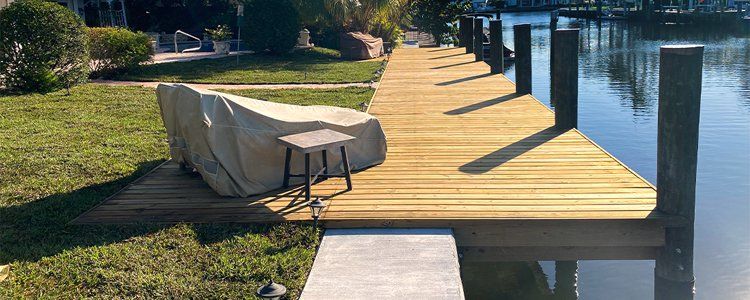




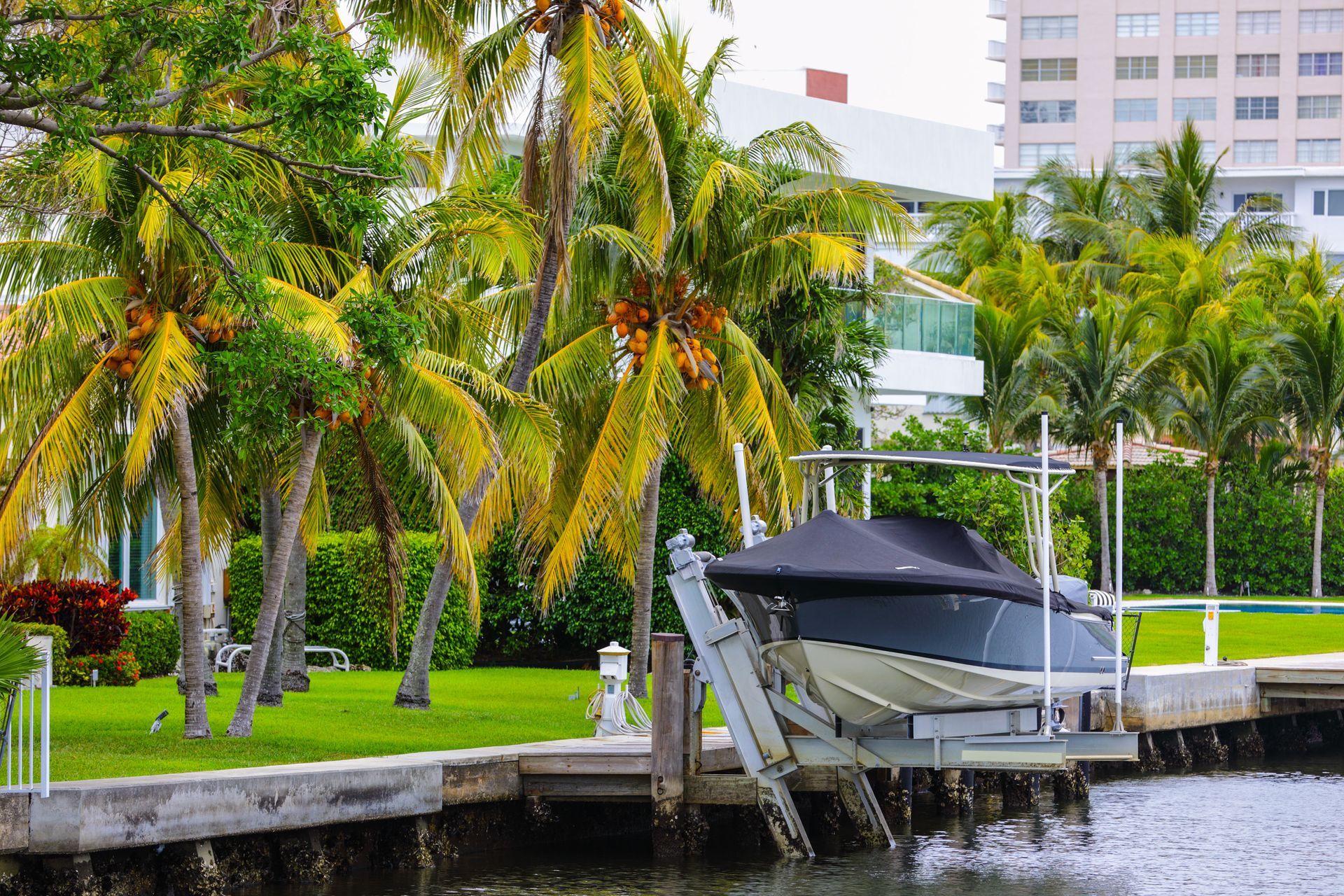
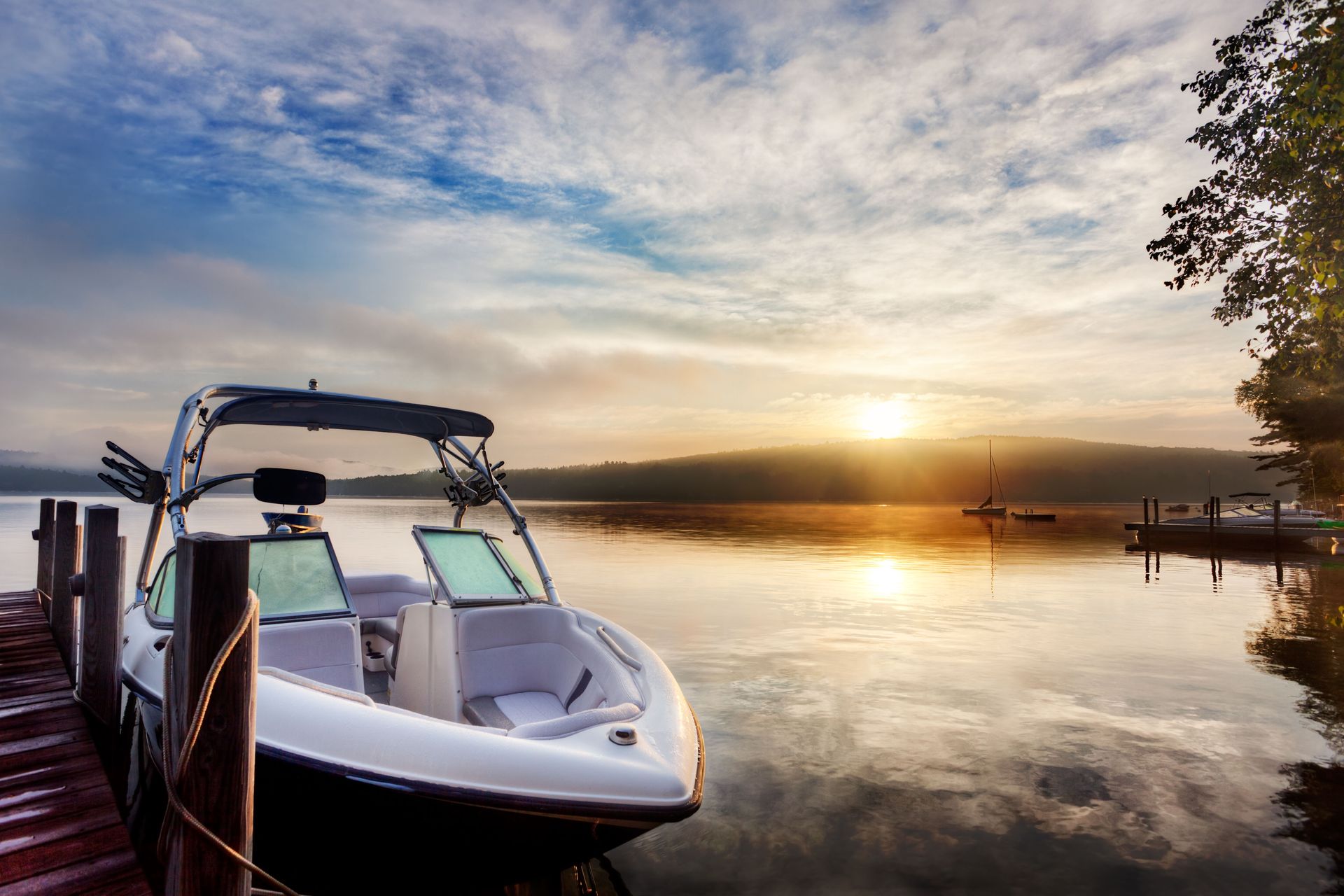
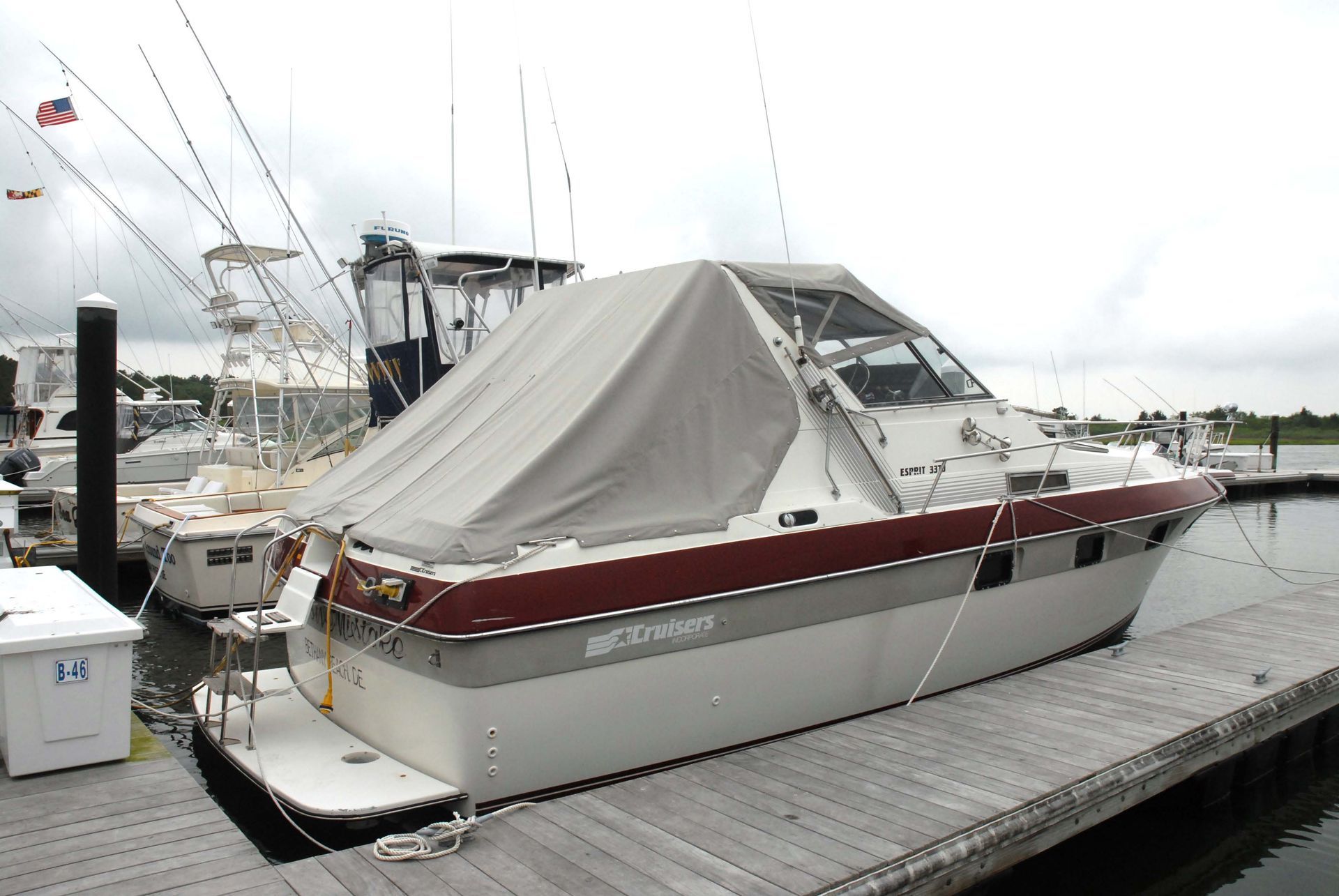

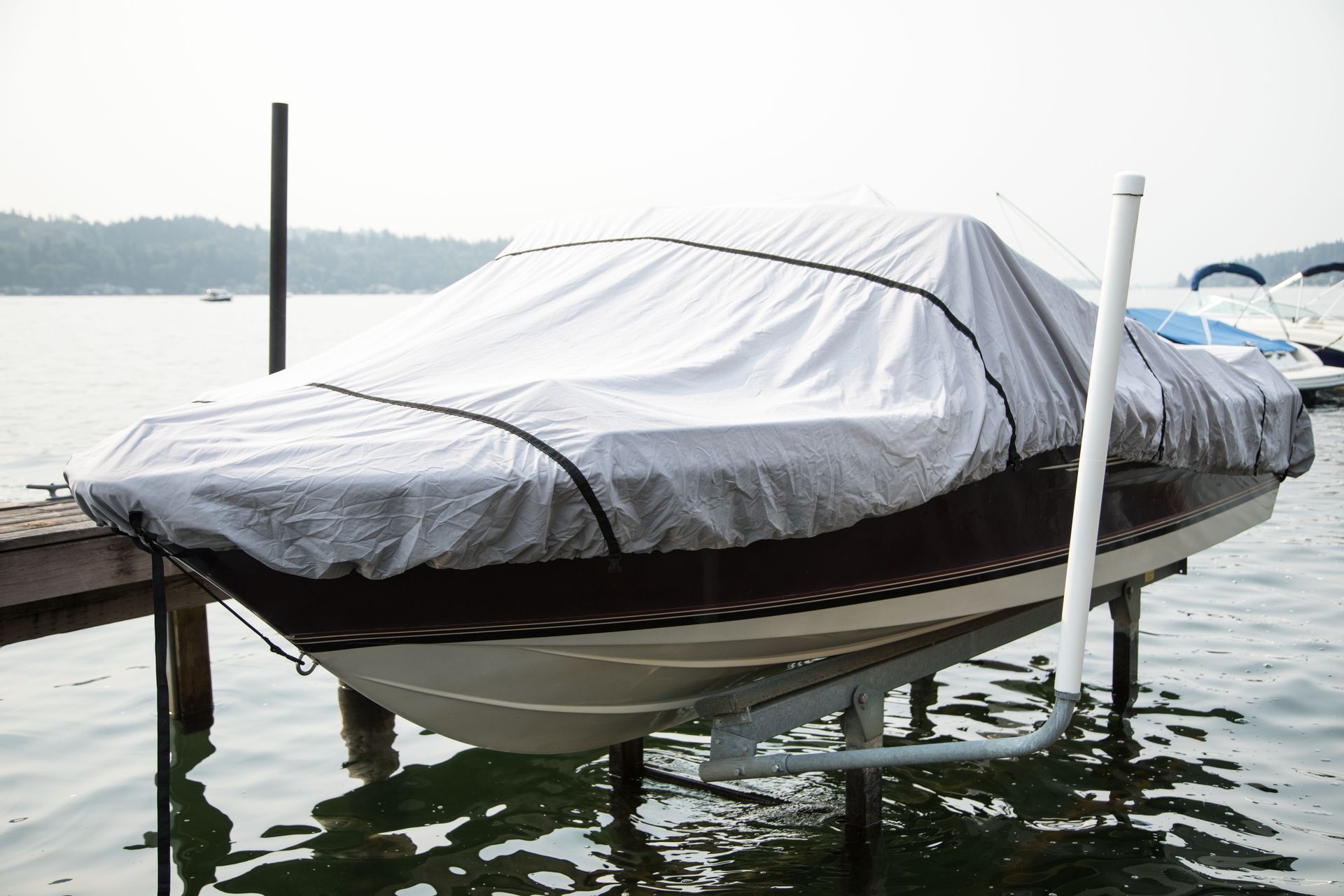


Share On: